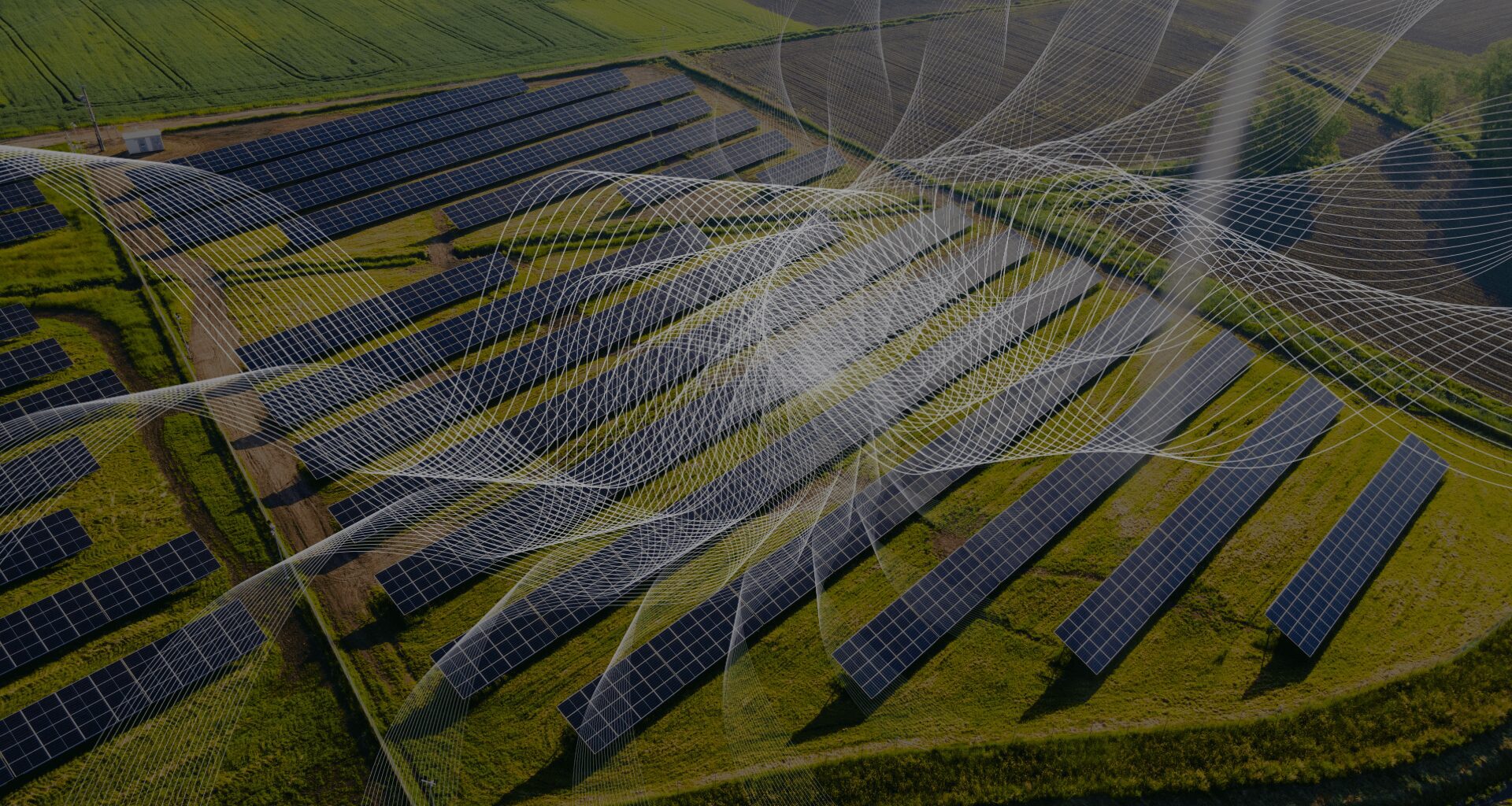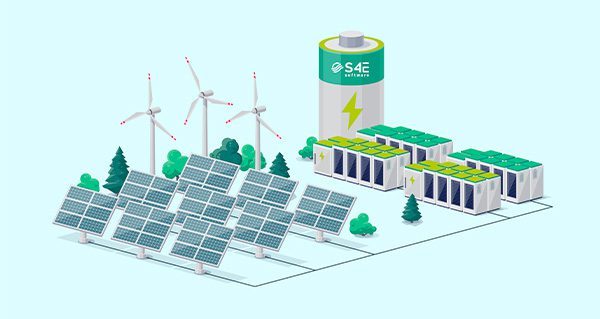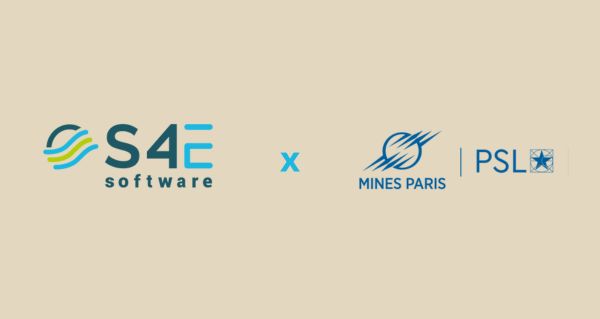Background and current situation
What conditions can cause negative prices on the electricity market?
Negative prices mainly occur on the SPOT electricity market, particularly on the European EPEX SPOT platform. This phenomenon occurs when electricity production far exceeds demand, causing prices to fall dramatically, even to negative levels.
How often does this occur in France?
This phenomenon, which is still relatively recent, is growing rapidly. It coincides with the development of renewable energies and the emergence of new mechanisms such as supplementary remuneration.
Negative price hours mainly occur:
- Between 11 a.m. and 3 p.m., when photovoltaic production is high,
- During periods of strong wind, increasing wind power production,
- During time slots when consumption is low.
There has been a gradual increase in the number of occurrences each year.
The challenges and impacts for producers
Why are negative prices becoming more frequent?
The increase in these episodes can be explained by:
- The increase in installed renewable energy capacity,
- Similar production profiles,
- Demand that is not growing at the same rate.
The result: recurring periods of overproduction lead to negative prices.
What are the implications for energy producers?
Producers must now be able to adjust or even halt production when prices turn negative.
The good news is that photovoltaic energy, known as an ‘intermittent’ energy source, can be quickly shut down remotely using specialised equipment.
In practice:
Compliance with shutdown instructions, on the other hand, entitles producers to remuneration.
Producing energy during negative hours results in penalties.
The role of S4E SOFTWARE
How does the S4E SOFTWARE platform help manage these periods?
At S4E SOFTWARE, we anticipated this market development as soon as the additional remuneration was introduced.
Our solution is a remote cut-off feature integrated into Energysoft, our monitoring software. It enables our customers to:
- Automatically manage the shutdown of their power plants during periods of negative prices,
- Optimise their production while complying with contractual obligations.
Why are some producers not affected?
Not all producers are in the same boat. It all depends on:
- The type of purchase contract,
- The year the power plant was commissioned,
- The type of installation.
However, with the rise of renewable installations, negative prices are inevitable. The need for optimisation solutions will therefore extend to new players.
What about tomorrow?
Will negative prices become the norm?
Yes. New tenders already include the obligation to be able to interrupt production during periods of negative prices. This is a structural trend that is likely to become standard in the market.
How is S4E SOFTWARE preparing for this transformation?
To support this change, S4E SOFTWARE has several development plans:
- Adapting its tools to new regulatory requirements, in particular the transition from hourly to 15-minute time steps.
- Enabling power modulation rather than just total shutdown.
- Facilitating access to data for our certified aggregator partners through reduced time interval queries.
What improvements to the energy system would be desirable?
One of the most promising avenues is energy storage, which would allow electricity to be stored and fed back into the grid at the right time, thereby reducing the impact of periods of negative prices.







